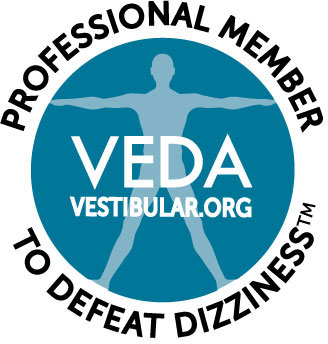Sight is the most remarkable and complex of our senses. Anything that prevents the eyes from focusing properly – especially eye muscle strain – can cause headaches and dizziness, blurred vision and reading problems. Many people who think they have sinus headaches are actually misdiagnosed and have a binocular vision problem. If you’ve tried different treatments for your headaches without any relief, it could be time for a checkup with a unique type of vision specialist, a neuro visual optometrist.

Binocular Vision Dysfunction (BVD)
The eyes use extraocular muscles to look up, down, and from side to side. The extraocular muscles respond to signals from the brain and control the eyes so they focus on the same thing at the same time. When the eyes are properly aligned, fusion takes place, forming a single image in the brain. A binocular vision dysfunction occurs when the eyes are unable to aim at the same spot, forcing the brain to “see” double images and become stressed. If someone has binocular vision dysfunction (BVD), the eyes are misaligned, leading to dizziness, headaches and blurred vision. Vertical heterophoria is the most common type of BVD that causes these symptoms.
Vertical Heterophoria
Vertical Heterophoria (VH) is a condition that occurs when the eyes are unable to maintain vertical alignment. In some cases, one eye is physically higher than the other. VH patients’ extraocular muscles can become overworked from trying to force the eyes into alignment (fusion) and avoid double vision. Over time, the overused muscles grow tired and achy, producing the symptoms of VH. Many VH sufferers complain of temple pain, lightheadedness, blurred vision, migraines and dizziness. VH patients may also have other symptoms in addition to dizziness and headaches. These include:
- Reading problems – Difficulty concentrating on text, problems with reading comprehension, losing place while reading, words jumping on the page or running together. These symptoms are sometimes misdiagnosed as ADD/ADHD, especially in children.
- Vestibular symptoms – Nausea, motion sickness, poor depth perception, drifting to one side when walking.
- Psychological symptoms – Feelings of anxiety when in spaces with high ceilings, such as big box stores or malls; feeling anxious or overwhelmed when in a large crowd. These symptoms can be mistaken for generalized anxiety or agoraphobia.
- Pain – Headaches, especially in and around the eyes, forehead, temples and sinus areas (similar to a sinus headache). Pain with eye movement, neck and upper back pain, pain when tilting head.
- Visual symptoms – Sensitivity to light, shadowed or overlapping vision, sensitive to glare.
Treatment for Vision-Related Headaches, Dizziness & Blurred Vision
To treat BVD or VH, your optometrist will add prisms to the lenses of your glasses. Prismatic lenses adjust the two images seen by the eyes so that fusion can occur without overworking the extraocular muscles. When this occurs, the blurry vision, dizziness, headaches and other symptoms should go away.
You don’t have to live with headaches and dizziness. Dr. Cheryl Berger Israeloff, resident doctor at the Neuro Visual Center of New York, has been diagnosing, treating and improving the lives of vision patients for years. Our practice offers a wide range of services to ensure your comfort, including custom prismatic glasses, prism contact lenses, and multifocal contact lenses. Call us today at (516) 224-4888 to schedule a comprehensive eye examination and say goodbye to your headaches forever.





